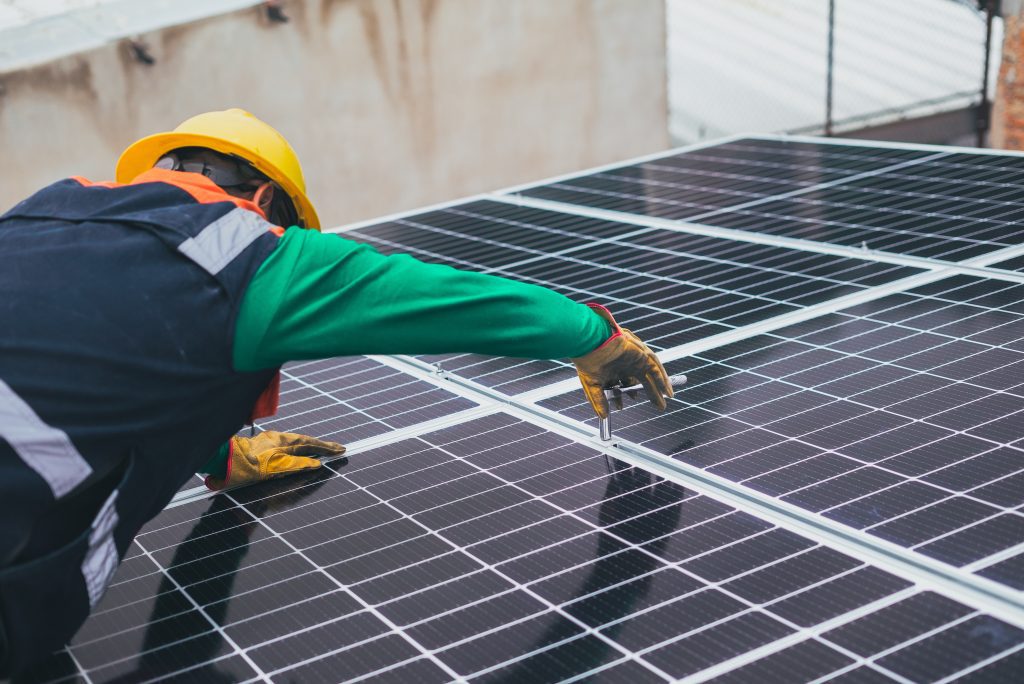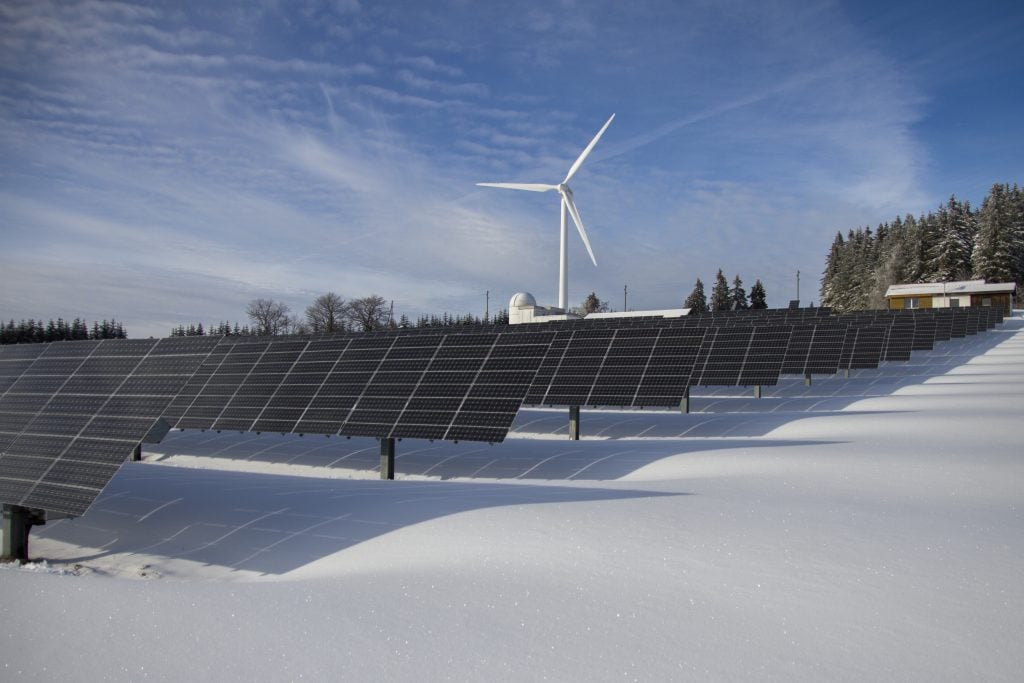Heat-Driven Device Surprises Researchers With Its Efficiency
As more and more industries and individuals turn to greener sources of energy (renewable energy), issues about having proper and efficient storage are coming up. Proper storage is essential to avoid power cuts during temporal drops in energy production in bad weather conditions. In addition, stored energy can be used when sources are not producing.

Batteries have been the primary source of storage for renewables. Some attention has also been directed to hydrogen as a viable energy storage tech. However, these options have their shortfalls in terms of scaling to meet the current needs.
This is where the heat comes in. Scientists can already create and accumulate heat in efficient ways. For example, solar plants keep producing energy even after the sunsets using heat from concentrated solar power.
Consequently, researchers have developed a photovoltaic device sensitive to infrared wavelength. The device uses the accumulated heat to generate electricity. According to the researchers, the efficiency of the device can compare to the performance of steam boilers – but it doesn’t need water and mobile parts.

Silicon photovoltaic cells and other cells can transform infrared light into a current of electricity. However, efficiency is lost along the line. The researchers, therefore, intend to use high temperatures (approx. two thousand degrees Celsius) to increase the number of higher-energy photons.
The two-junction configuration allows cells to combine two different materials to absorb different ends of the spectrum to increase efficiency.

While preparing two different two-junction setups, the researchers realized the two were slightly different in their absorption. They concluded that the efficiency of the device is around 40 percent. This depends on the materials used and the heat source temperature.
